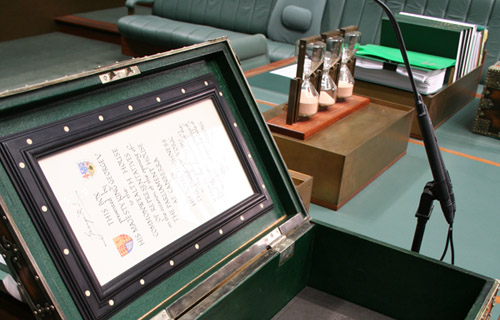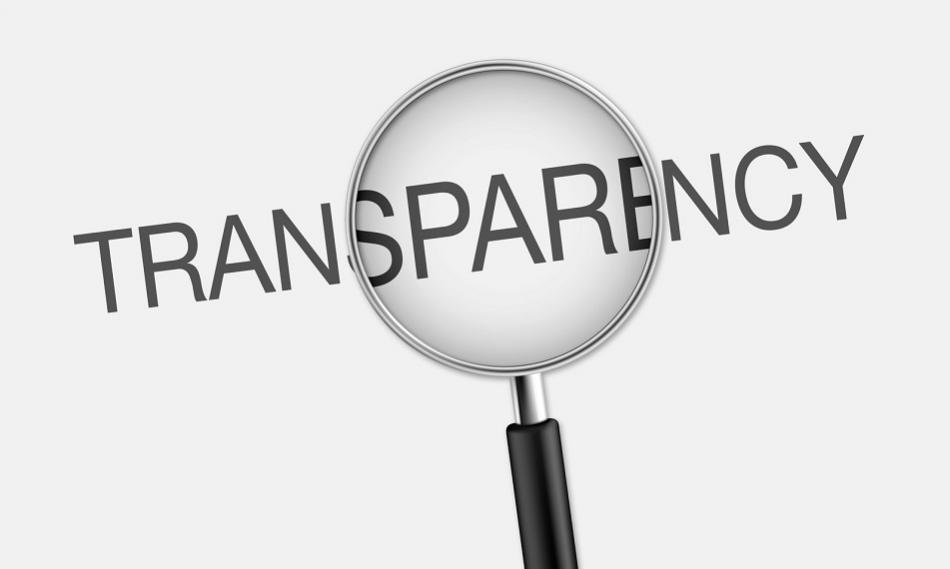Special Adviser to the Australian Government on Low Emissions Technology, Dr Alan Finkel, gave 2 virtual keynote addresses at the 2021 Global Technology Summit this week:
- Clean Energy for Industry workshop on 2 February
- Clean Hydrogen Supply Chains workshop on 3 February.
Both workshops are part of a joint industry challenge under the Australia-UK Clean Technology Partnership. Attendees included researchers, innovators and industry who shared the opportunities and challenges for reducing emissions in the industrial sector and reducing the delivered costs of clean hydrogen.
Dr Finkel’s keynote for the first workshop is included below.
Keynote address: Clean Energy for Industry Workshop
Good morning to those of you joining us from the United Kingdom, and good evening to those joining, as I am, in Australia. My thanks to you for waking up early or staying up late for this discussion on a truly critical topic.
Let’s begin with a trip back in time, to see the energy revolutions our species has experienced on the road to where we stand today.
Human use of energy has deep roots in our history, stretching back at least 7,000 years, when we began to burn wood, converting stored solar energy into heat energy for industrial processes like cooking and warming our homes.
Energy, in the palm of our hands, transformed society forever.
We took another huge leap forward about 3,000 years later, when we learned to harness the immense amounts of energy in coal.
In northern China, coal sourced from the Fushun mine was used to smelt copper as far back as 1000 BC.
Our energy sources kept accumulating as we travelled through time. For example, the use of coal did not obsolete the use of firewood, it added to the pool and increased how much we could achieve.
Free-flowing oil was discovered in Pennsylvania in the late 1800s, changing transport forever.
Energy was beneath our feet. With the tap of a pedal, we could traverse the face of the Earth in a flash.
But although we started to use oil in huge quantities, it did not obsolete the use of coal or firewood. To the contrary, coal use continued to climb to meet the insatiable appetite of a growing global population and our complex industrial society.
The last fossil fuel we added to the mix was natural gas, with large scale utilisation beginning in the early 1900s. We used it to heat our homes and generate electricity.
Again, it added to the mix, with coal and oil use continuing to grow.
Energy was now available at the touch of our fingertips.
And that brings us to where we stand today, the most exciting time in our long history of energy revolutions.
This time, we cannot simply add to the energy mix as we have done in the past.
This time, we must replace, not accumulate.
We must transform our use of energy by replacing coal, oil and gas with zero emissions renewable electricity, and in some countries nuclear electricity.
This is how we will step into the future.
We must undertake this transformation to prevent anthropogenic greenhouse gases from further changing our climate.
This is widely recognised, but consumers are not prepared to give up the benefits of an abundant energy supply. Instead, we need to curb the growth in emissions while meeting the needs of 21st century existence.
In other words, we want to have our cake and eat it too. To achieve this, we need innovation and new solutions.
We need low emissions energy and low emissions industrial technology.
That’s why I’m glad that low emissions technology is at the heart of Australia’s plan to reach net zero by 2050.
We have committed to a portfolio of priority low emissions technologies that will bring emissions down across our economy, while supporting economic growth and job creation.
And each of our priority technologies is accompanied by a financial stretch goal. When the financial stretch goal is reached, the low emissions technology will logically displace the high emission incumbents.
I’ll use this occasion to focus on clean energy opportunities for three industries that will be key to reducing Australia’s emissions, and leave it to Sir Patrick and the B.E.I.S. officials to comment on U.K. industry. The Australian industries I’ll focus on support both our countries in many ways – from infrastructure to our buildings to the phones in our pockets. They are steel, aluminium and cement.
Let’s start with steel.
Low emissions steel is one of Australia’s priority technologies. And our stretch goal is low emissions steel production under 700 Australian dollars per tonne.
Australia only produces 0.3 percent of the world’s primary steel, but we are the world’s largest exporter of iron ore, with a whopping 53 percent of the global export market.
It’s still unclear what production method will become dominant as the world shifts to making low emissions steel.
The front runner is hydrogen direct reduced iron combined with an electric arc furnace.
For this combination to become cost competitive with the traditional coal-fired blast furnace, we need incredibly cheap clean hydrogen and incredibly cheap renewable electricity. Australia and the U.K. can work together to make both of these possible.
However, we’re not putting all of our eggs in the hydrogen basket.
We’re also following developments in novel processes, like molten oxide electrolysis, although it is yet to be proven at commercial scale.
And we’re looking at the bigger picture too, which is a snapshot of the whole supply chain. We’re watching as our big iron ore miners take their first tentative steps towards eliminating emissions from their mining and shipping operations.
We look forward to working collaboratively with the U.K. to optimise these processes and provide resources.
Meanwhile, reducing emissions along the aluminium supply chain is just as important. Another priority for Australia, we have a stretch goal for low emissions aluminium production of under 2,200 Australian dollars per tonne.
To start, our refineries are looking to the use of cheap and reliable renewable electricity and clean hydrogen, instead of fossil fuels, to produce the process steam and heat required to convert bauxite into alumina.
There are just as many opportunities for emissions reduction in the smelting step of the production process. Aluminium smelting is the most energy-intensive and emissions-intensive step of aluminium production.
We could cut down the emissions in smelting by 90 per cent by using renewable electricity as the energy input.
The only catch is that supply must be steady, as smelters can’t tolerate dips in supply for longer than an hour or two.
That’s easy if the renewable electricity supply is hydroelectricity, but very difficult if it is solar and wind. Our smelters are looking at using solar and wind, firmed by pumped hydro, batteries and hydrogen storage, and further bolstered by integrating the smelters’ needs with variable demand from adjacent industrial users.
This is novel and it’s hard. We need industry working together to develop, trial and then scale the solutions.
It’s a similar story for reducing emissions for cement.
Producing cement first requires making clinker, by heating limestone, clay and sand in high temperature kilns. As the limestone chemically converts to calcium oxide, large quantities of carbon dioxide are emitted.
Capturing the chemically produced carbon dioxide is the only plausible solution. But capturing it from existing kilns is not very efficient, and thus developing radically different kiln designs that produce an almost pure stream of carbon dioxide could be the solution.
The fuels to heat the kilns can be switched to renewable electricity or clean hydrogen, thereby eliminating the remaining emissions in cement production. But currently, that switch to renewables and clean hydrogen is expensive, so lots more research and innovation are required.
What these examples demonstrate is that clean energy solutions will be essential for our modern energy revolution – they’re cross-cutting, across sectors and across borders. Clean, cheap hydrogen, cheap renewable electricity, and intelligent integration of variable supply will help a range of industries achieve their emissions reduction goals.
Each industry faces unique challenges, that will require ingenuity, invention and, above all, cooperation to overcome.
Our efforts must be directed at two aspects of the clean energy transition.
The first is the switch to electricity and hydrogen, from coal, oil and gas, combined with improvements to production efficiency. These deliver the actual emissions reduction.
The second is the integration of solar and wind electricity, relying on technologies such as batteries and hydrogen storage on the supply side, and load shifting on the demand side. These don’t deliver the emission reductions, but they make the switch to electricity and hydrogen affordable and reliable.
The complexity and reward of these challenges are why the Australian Government is so committed to this partnership.
Today, we want to find out if you see these same challenges. And we want to hear about the opportunities that are specific to your industry.
Because we’re committed to helping businesses find a solution to reducing their carbon emissions, to make an integral contribution to our vision of a low-carbon future.
Industry has a huge part to play. Your insights and your expertise will be critical to achieve our goal of reaching net zero emissions by 2050.
Thank you.








